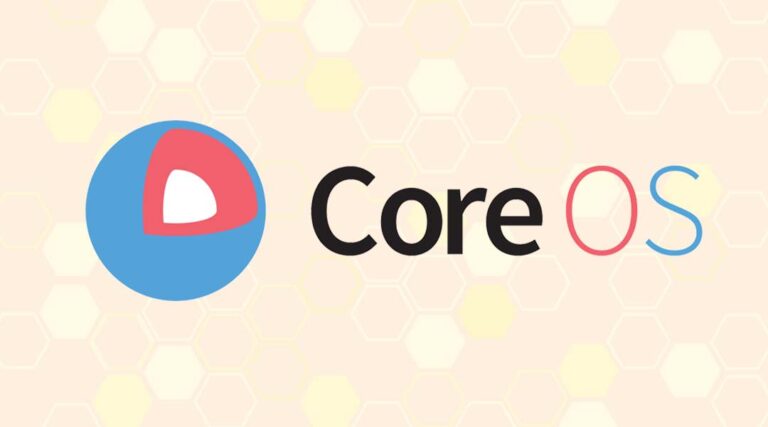
CoreOS has moved to secure the independence of etcd by donating the distributed key-value store to the Cloud Native Computing Foundation.
The project was started by Core OS – now part of Red Hat – in 2013 to handle coordination between container instances so that a system reboot was possible without affecting the uptime of applications running on top. Its name can be seen as an hint to the management of configuration files, which over the years have grown to be stored in /etc directory in Unix systems.
Etcd is based on the Raft consensus algorithm and was initially used in CoreOS’ container orchestrator fleet. It later gained traction as part of Google-initiated cluster orchestration tool Kubernetes. Since the development of fleet has ceased and CoreOS recommends Kubernetes as a successor, having etcd fostered under the same roof seems like a logical step.
The step was announced in the context of the CNCF’s main conference CloudNativeCon North America, which is held at the moment in Seattle. Transferring etcd to the non-profit mainly means moving the project’s property including logos, domains, infrastructure, and hosted services into the foundation.
The CNCF is part of the Linux Foundation. Its main goals are the propagation of so-called cloud native technologies and the fostering of an ecosystem that isn’t influenced by single companies. Popular CNCF projects include monitoring tool Prometheus, proxy Envoy and the already mentioned Kubernetes.
Projects within the foundation belong to one of three stages: sandbox, incubating, and graduated. Etcd will join as an incubating project, skipping the sandbox stage because of it already fulfilling requirements such as use in production by at least three independent end users, a healthy number of committers, and substantial flow of commits and merged contributions.
After having moved, etcd will now have to publicise a list of project adopters, finish defining their governance and committer process, get a Core Infrastructure Best Practice badge and receive a supermajority vote from the technical oversight committee to join the realms of graduated projects.
